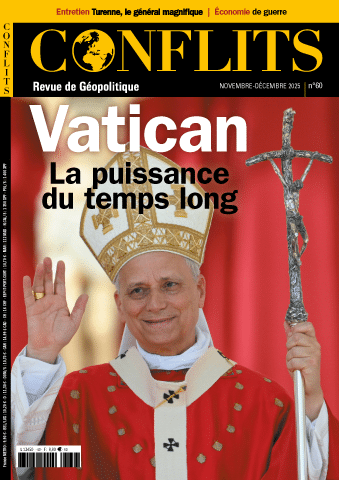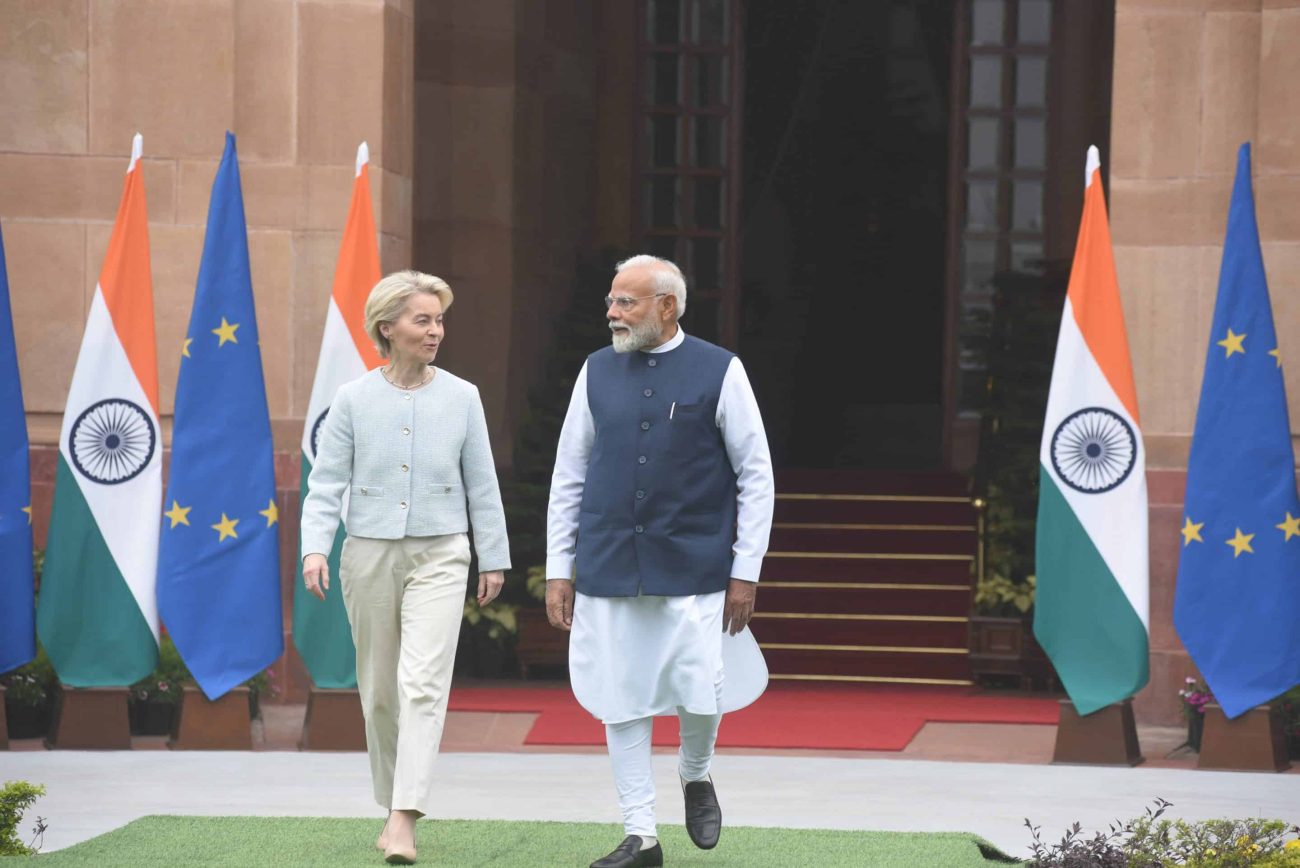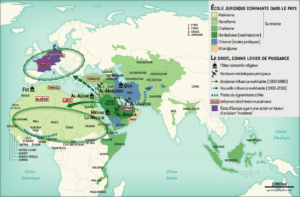The European Union and India are intensifying negotiations toward a strategic free trade agreement. The agreement aims to strengthen investment, facilitate trade in goods and services, and create new economic opportunities, while balancing European industrial interests with India’s development priorities. Interview with Mohit Anand.
Dr Mohit Anand is Prof. of International Business and Strategy at emlyon business school, France.
Conflits is France’s leading geopolitics magazine. Some articles are now available in English — you can find them here.
What are Europeans looking for, and what do Indians want? Which products will benefit on both sides?
Both India and the EU are major global economic powerhouses. India recently overtook Japan to become the world’s fourth-largest economy. With its vibrant democracy, rising middle class, and youthful demographics, India represents a vast market opportunity for the EU in both trade and investment. More than 6,000 European companies are already present in India.
The proposed FTA could further expand foreign direct investment opportunities for European firms seeking new growth markets. For India, the agreement promises not only capital inflows but also access to advanced technologies, aligning closely with the government’s “Make in India” initiative, which aims to boost domestic manufacturing, create employment, and promote best practices.
Conversely, the EU, as a leading economic bloc, offers India a large, stable market across 27 member states. Lower or zero tariffs would make Indian exports of goods and services more price-competitive, bringing them on par with products from ASEAN, China, or Turkey.
Currently, the EU accounts for nearly 17% of India’s total exports, while India represents about 9% of the bloc’s global exports. Bilateral trade in goods stood at $136.5 billion in 2024–25, with $75.85 billion in exports and $60.68 billion in imports. Trade in goods between the two partners has risen by almost 90% over the past decade, while bilateral trade in services reached $59.7 billion in 2023.
Europe is seeking wider market access for products such as machinery and transport equipment, automobiles, wines and spirits, and chemicals. India, for its part, is looking to expand its exports of ready-made garments, pharmaceuticals, steel, petroleum products, and electrical machinery.
Both sides have been working intensively in recent years to conclude a comprehensive, balanced, and mutually beneficial agreement as soon as possible.
The Indian automotive industry is very concerned about this agreement. Why?
The EU has sought substantial reductions in India’s tariffs on automobiles and auto components. Fully assembled cars currently face a 60% import duty, which Brussels sees as protectionist, while the EU’s tariff on Indian cars is just 6.5%.
Indian manufacturers fear that steep tariff cuts could flood the domestic market with European vehicles, undermining local investment and the Make in India campaign. There are also concerns about auto components being imported at concessional rates, potentially weakening domestic suppliers.
However, not everything is negative. India will likely need to make some concessions on tariffs, but this could also encourage European carmakers to use India as a low-cost manufacturing and export hub, leveraging its vast demand and capacity. This could attract new investment, technology transfer, and collaboration between European and Indian firms, fostering innovation, particularly in affordable vehicles, electric mobility, and the two-wheeler segment.
Indian agriculture remains highly sensitive. How might it adapt to a treaty with Europe?
As in Europe, agriculture in India is both a sensitive and strategic sector that neither side is willing to fully liberalize. Roughly 45% of India’s workforce is employed in agriculture and related activities. The government provides substantial subsidies through discounts on fertilizers and equipment and by purchasing crops for public food distribution programs that benefit 60–70% of the population, costing around $12 billion in FY2025. Food security therefore lies at the heart of India’s political, economic, and social priorities.
Despite its vast population, India has been a net food exporter, thanks to improvements in agricultural productivity, logistics, and storage. Yet the risk of market flooding remains, from EU dairy for example, or from global competitors such as U.S. soybeans, Brazilian sugarcane, and Chinese pork. Climate change and unpredictable weather patterns only add to the uncertainty.
India has consequently been highly cautious about opening its agricultural markets, both with the EU and other partners such as the United States. A rapid liberalization could expose local farmers to heavily subsidized European produce. The EU, meanwhile, is seeking lower tariffs on products such as dairy, meat, and poultry.
A balanced compromise is therefore essential, one that respects each side’s sensitivities and strategic imperatives.
Are there protests in India against this treaty? And what are Europeans concerned about?
There are no significant protests or widespread opposition to the proposed FTA on either side. For India, the agreement would expand its trade footprint in a region that already accounts for 17% of its exports. It would also help diversify trade amid global geopolitical uncertainty, especially given the United States’ recent protectionist stance under President Trump.
India has been actively pursuing FTAs in recent years, concluding deals with the UAE, Australia, the UK, and the European Free Trade Association, while negotiating others with the U.S., Gulf states, New Zealand, and the Eurasian Economic Union. The EU, for its part, would gain greater access to India’s fast-growing market, now the world’s fourth-largest economy, and benefit from its expanding middle class and investment potential.
However, investment remains a key point of divergence. Discussions on energy and raw materials, including infrastructure and non-tariff barriers related to renewable energy, were set aside after the 11th round of talks. The EU has also raised concerns about India’s quality control orders, which it sees as barriers to market access.
India, meanwhile, is expected to push for easier access for its skilled professionals to work in Europe, a politically sensitive issue given current debates around immigration within the EU.
Despite these challenges, both sides recognize the strategic necessity of the agreement, not only to strengthen bilateral trade and investment but also to diversify their economic partnerships in an increasingly uncertain global environment.
The next round of India–EU negotiations will take place in Brussels on October 27–28, covering key areas of the proposed FTA, including market access, non-tariff measures, and regulatory cooperation. The meeting will review progress made so far and identify areas requiring further convergence.
Find Conflits in English by clicking here.











